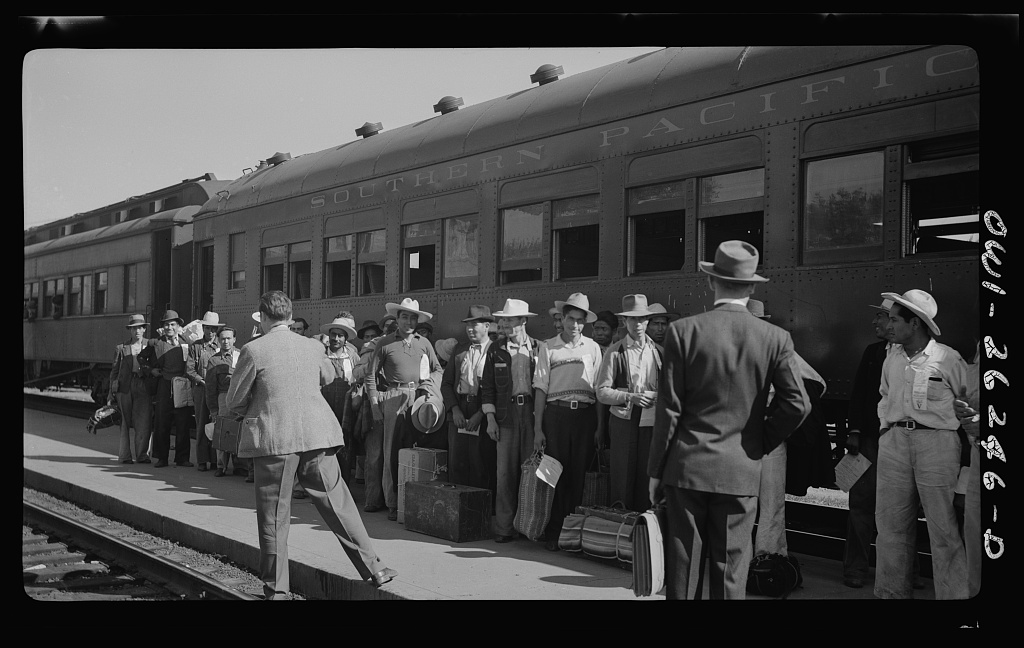As a University of Georgia Cooperative Extension agent, I answer hundreds of gardening question. This week, a gardener wanted to know how far apart to space her garden rows. The short answer is: it depends.
Row spacing in raised bed gardens is often closer than in traditional plowed gardens. For a raised bed garden, you probably don’t want boxes and/or rows wider than 5 feet, so you can easily reach into the garden and pull weeds or harvest vegetables without having to walk into the raised bed. Because raised bed gardens are usually maintained without machinery, rows can be closer.
For plowed garden plots, row spacing is often determined by the width of your rotary tiller. For most tillers, rows should be at least 36 inches wide. This way you can go back between the rows and lightly cultivate for weed control until the crop starts to fill in between the rows.
For most crops such as beans, corn, tomatoes, eggplant, peppers, okra, peas and squash, 36-inch row spacing would be the minimum. Some gardeners prefer slightly wider rows for certain crops like okra because it’s just a pain, literally, to have to harvest without some headroom.
When using cages for tomatoes, peppers and eggplants, add a little extra space for convenience. For vine crops such as sweet potatoes, cucumbers, cantaloupe, watermelons and pumpkins, leave at least 60 to 72 inches between the rows. Rows spaced 72 inches are perfect for making two passes with most rotary tillers for weed control until the vines begin to run.
So what about planting crops even further apart? You can plant most crops at a greater distance with the exception of corn. Corn does best when planted in at least two rows within a few feet of each other for good pollination. Keep in mind that the wider your row spacing becomes, the more weeds you will have to deal with.
When spacing your rows, the goal is to maximize crop growth and yield while out-competing weeds. Closer spaced crops tend to shade out competing weeds once the crop leaves begin to form a canopy over the middle of the rows. You still need to control the weeds with tilling and hoeing early in the season. If you do a good job managing those weeds early on, then you should have fewer weeds as the season progresses.
For more information on row spacing, check out UGA Extension’s free publication on “Home Gardening” at http://t.uga.edu/ex.







